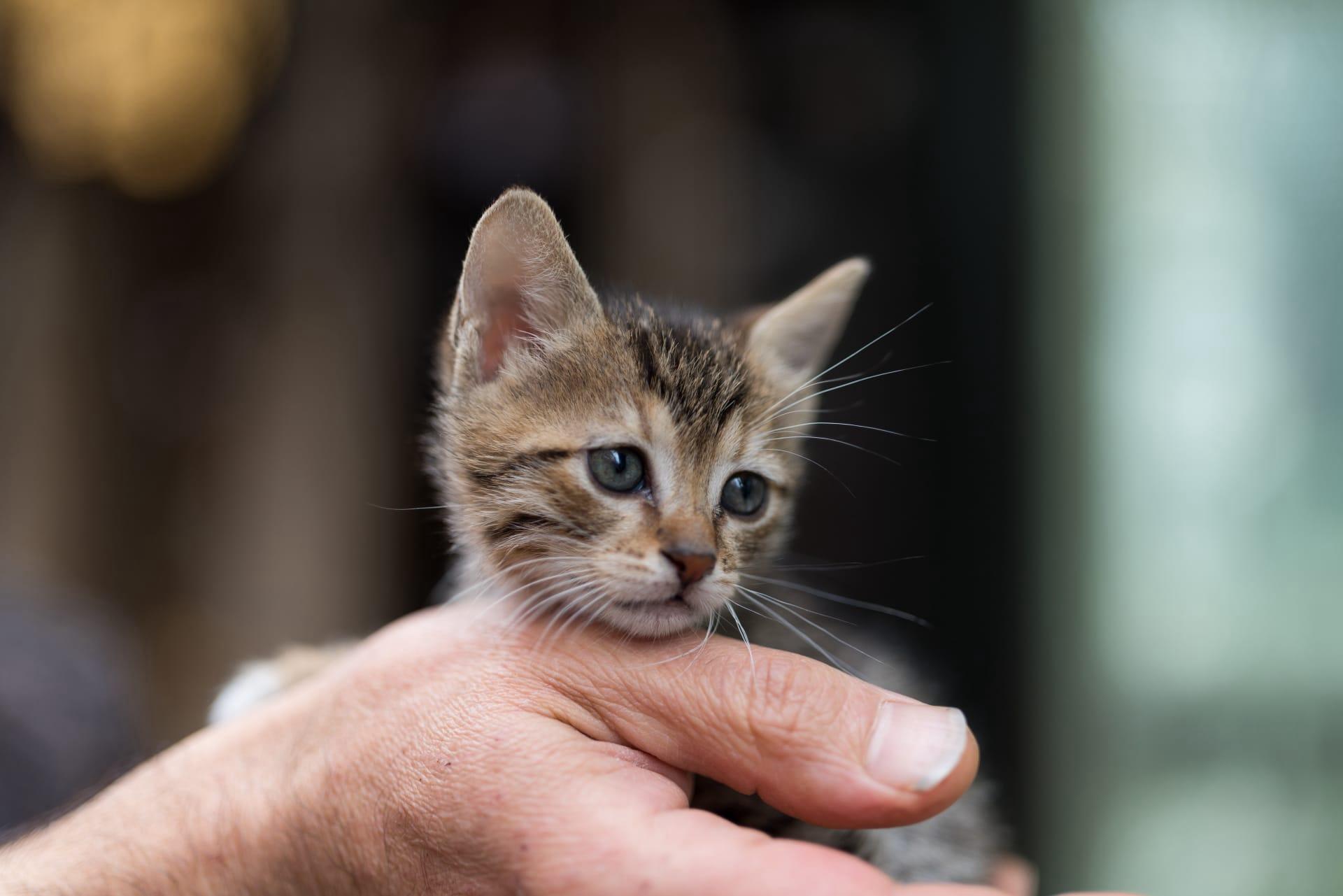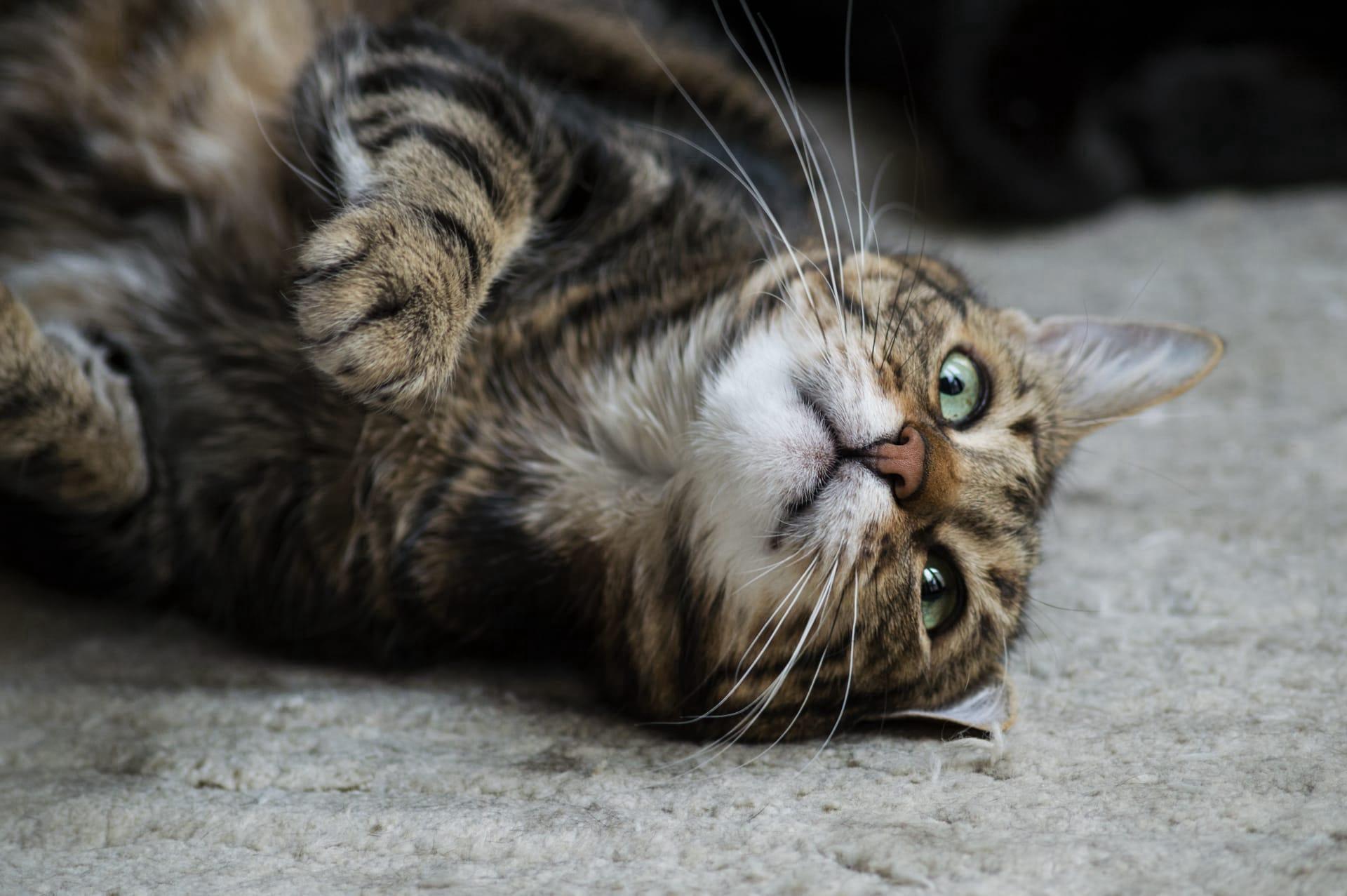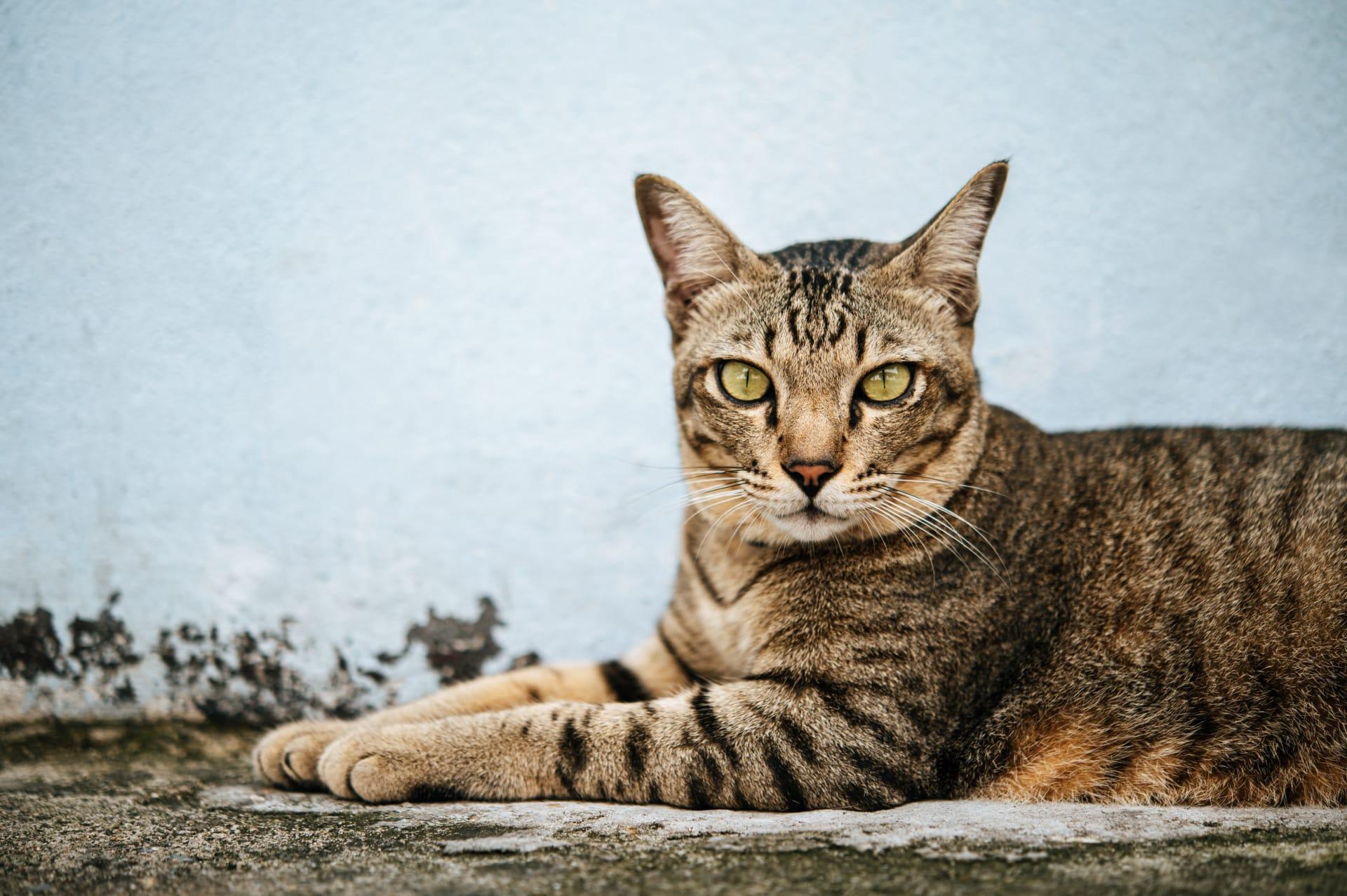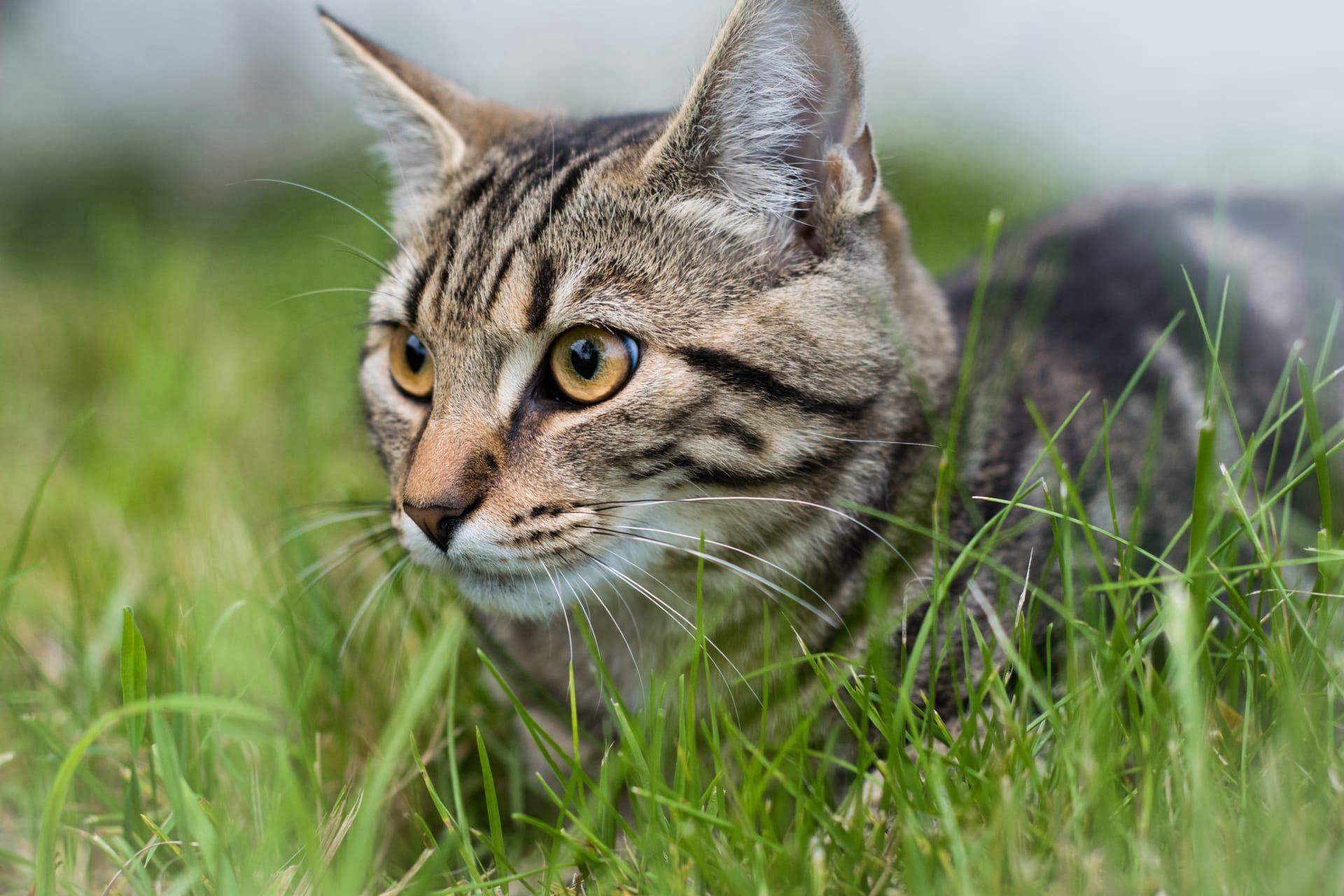Pixiebob Cat Characteristics
- Home /
- Mini Encyclopedia /
- Animal /
- Pixiebob Cat Characteristics
1
The Pixiebob cat is a unique and fascinating breed known for its striking resemblance to wild bobcats. These medium to large felines typically weigh between 8 to 17 pounds (3.6 to 7.7 kilograms), with males often being larger than females. They boast a muscular build, a broad chest, and a short tail, which can be as short as 2 inches (5 cm) or as long as their hock. The coat of a Pixiebob can be short or long, featuring a soft, woolly texture and a distinctive spotted pattern. Their lifespans are impressive, with many living well into their teens and some reaching 20 years of age with proper care.
The most special organ of a Pixiebob cat is arguably its tail. Unlike other domestic cats, the Pixiebob's tail is naturally short, a trait that is believed to be a result of genetic mutation. This bobbed tail varies in length from cat to cat but is a defining characteristic of the breed. The tail plays a crucial role in communication and balance, although Pixiebobs manage just as well with their shorter appendages. The unique tail, combined with their tufted ears and lynx-like appearance, contributes significantly to their wild look and distinctive charm.

2
Question: Do Pixiebob cats require special care due to their wild appearance?
Answer: Despite their wild bobcat-like appearance, Pixiebob cats do not require any special care different from that of other domestic cat breeds. They thrive on a diet of high-quality cat food, regular veterinary check-ups, and the usual care practices such as vaccinations and parasite control. Their coats, whether short or long, are relatively easy to maintain, needing only occasional grooming to keep them looking their best. It's important to provide them with plenty of mental and physical stimulation, as they are an active and intelligent breed that enjoys interactive play and exploration.

3
Pixiebob cats are known for their playful and active nature, often displaying a high level of energy and curiosity. They enjoy engaging in various forms of physical activity, including climbing, jumping, and interactive play with their human companions or other pets. Despite their robust build, they are surprisingly agile and can be quite the entertainers with their antics.
When it comes to feeding, Pixiebob cats do well on a balanced diet rich in proteins. They are not known to be picky eaters, but like all cats, they benefit from meals that mimic their natural dietary needs. Feeding them high-quality commercial cat food or a vet-approved raw diet can ensure they receive all the necessary nutrients. Regular feeding schedules and portion control are essential to prevent overfeeding, as their active lifestyle requires a well-balanced diet to maintain their health and energy levels.

4
Pixiebob cats are adaptable and can thrive in a variety of living environments, from spacious country homes to smaller city apartments. Their sociable and laid-back nature makes them excellent companions for families, singles, and seniors alike. They do, however, appreciate access to outdoor spaces where they can explore and indulge in their natural hunting instincts safely. Providing a secured outdoor enclosure or a cat-proofed garden can greatly enhance their quality of life.
Reproduction-wise, Pixiebob cats are similar to other domestic breeds, but they have some unique traits. They can have larger litters than some other domestic cats, with some births numbering up to six kittens. Breeders note that Pixiebobs tend to be excellent mothers, often displaying strong maternal instincts. The kittens develop slowly, reaching full maturity at around 4 years of age. Breeders also work to maintain the breed's health and distinctive characteristics through careful selection and breeding practices.

5
Book: "The Pixiebob Cat: An Owner's Guide to a Happy Healthy Pet" by Carol Himsel Daly, DVM. This book, published in the United States in the late 1990s, offers comprehensive insight into the Pixiebob breed, from their history and physical characteristics to their care and behavior. Daly, a veterinarian with a deep understanding of felines, provides readers with practical advice on how to ensure these cats live a full and vibrant life.
Book: "Pixiebob Cats, The Bobcat Hybrid" by Sarah Hartwell. This book delves into the intriguing origins and development of the Pixiebob breed, emphasizing their distinctive physical traits and temperament. Hartwell, a renowned cat researcher and writer, explores the breed's comparison to wild bobcats and addresses the myths surrounding their ancestry. Published in the early 2000s in the UK, the book serves as a valuable resource for potential Pixiebob owners and feline enthusiasts alike, offering a blend of factual information and engaging storytelling.